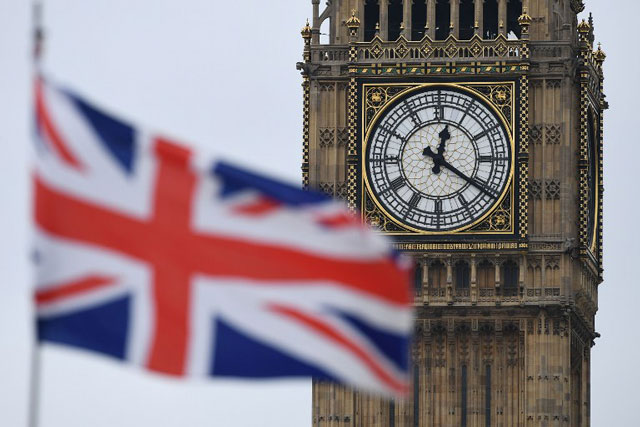
London, United Kingdom | AFP | Keeping the Irish border free-flowing has proved to be the toughest issue to resolve in negotiating Britain’s exit from the European Union.
The Brexit deal between London and Brussels — overwhelmingly rejected last week by British MPs — contains a so-called backstop provision ensuring that if all else fails, the border will remain open.
The boundary on the island of Ireland between Northern Ireland — part of the United Kingdom — and the Republic of Ireland is currently invisible.
London, Brussels, Dublin and Belfast all want it to stay that way. However, making this compatible with Brexit is a circle yet to be squared.
– Why is this an issue? –
Both the UK and the Irish Republic are EU member states. After the UK leaves, the Irish border will become an EU external frontier.
The British government aims to leave the EU’s customs union and single market, meaning checks would be required on products coming in and out.
Britain, Ireland and the EU have pledged to avoid any physical infrastructure, or “hard border”.
Many fear it could upset the delicate peace process that ended decades of sectarian violence in Northern Ireland.
Residents and businesses on both sides of the 300-mile (500-kilometre) frontier also emphasise the importance of maintaining the free flow of trade and passenger traffic.
– What did the EU first propose? –
The EU proposed a “backstop” in the draft deal that envisaged keeping Northern Ireland in elements of the bloc’s single market and customs union, meaning it would have to accept EU rules on quality standards and apply EU tariffs.
May’s Conservative minority government is propped up by the Democratic Unionists (DUP), Northern Ireland’s pro-British and pro-Brexit party. Many Conservative MPs and the DUP said the proposal was unacceptable.
They argued it would effectively carve off Northern Ireland from the rest of the UK and create a border in the Irish Sea.
The British mainland accounts for 58 percent of Northern Ireland’s sales outside the province — nearly four times the value of exports to the Republic of Ireland in 2016.
– What was eventually agreed? –
The withdrawal agreement concluded in December — rejected last week by British MPs — included a position of last resort on the Irish border, intended as a guarantee.
London and Brussels aim to strike a permanent trade deal in the time between Britain leaving the EU on March 29 and the end of 2020, when the transition period covered by the withdrawal agreement runs out.
But if that proves impossible, Britain would remain aligned with the EU customs union after 2020, while Northern Ireland would further stay aligned to some single market rules, in order to keep the Irish border open.
Neither London nor Brussels can end the arrangement unilaterally.
– Where do key players now stand? –
European states will not agree to any arrangement that undermines the EU’s cherished single market. Brussels is unenthusiastic about tinkering with the Brexit deal.
Polish Foreign Minister Jacek Czaputowicz on Monday floated putting a five-year time limit on the backstop, but Irish Deputy PM Simon Coveney immediately rejected the idea.
The DUP will not accept Northern Ireland following trade rules set by the EU, nor new barriers to mainland Britain.
Unable to leave the arrangement without the EU’s say-so, Conservative Brexiteers fear Britain being permanently trapped in EU structures.
Leading Conservative Brexiteers have recently suggested that if their backstop objections could be resolved, they could support the withdrawal agreement, preferring the deal as a whole to no Brexit at all.
May on Monday announced fresh talks this week with Conservatives MPs and the DUP over the backstop and said she would take the results to Brussels to see if they will budge.
A no-deal scenario in 10 weeks’ time could have unknown implications for the border.
– Is there a security risk? –
British and Irish army checkpoints along the border were removed after the 1998 Good Friday peace accords, which largely ended three decades of conflict in Northern Ireland in which around 3,500 people were killed.
During “The Troubles”, the border was a flashpoint for attacks and a lucrative smuggling route that helped fund paramilitaries.
Police have warned that any new infrastructure along the border could become a target for paramilitary activity by dissident militants who have not signed up to the peace deal.
Saturday’s car bomb in the Northern Irish border city of Derry, being blamed on dissidents, emphasised that the threat has not gone away.
 The Independent Uganda: You get the Truth we Pay the Price
The Independent Uganda: You get the Truth we Pay the Price


